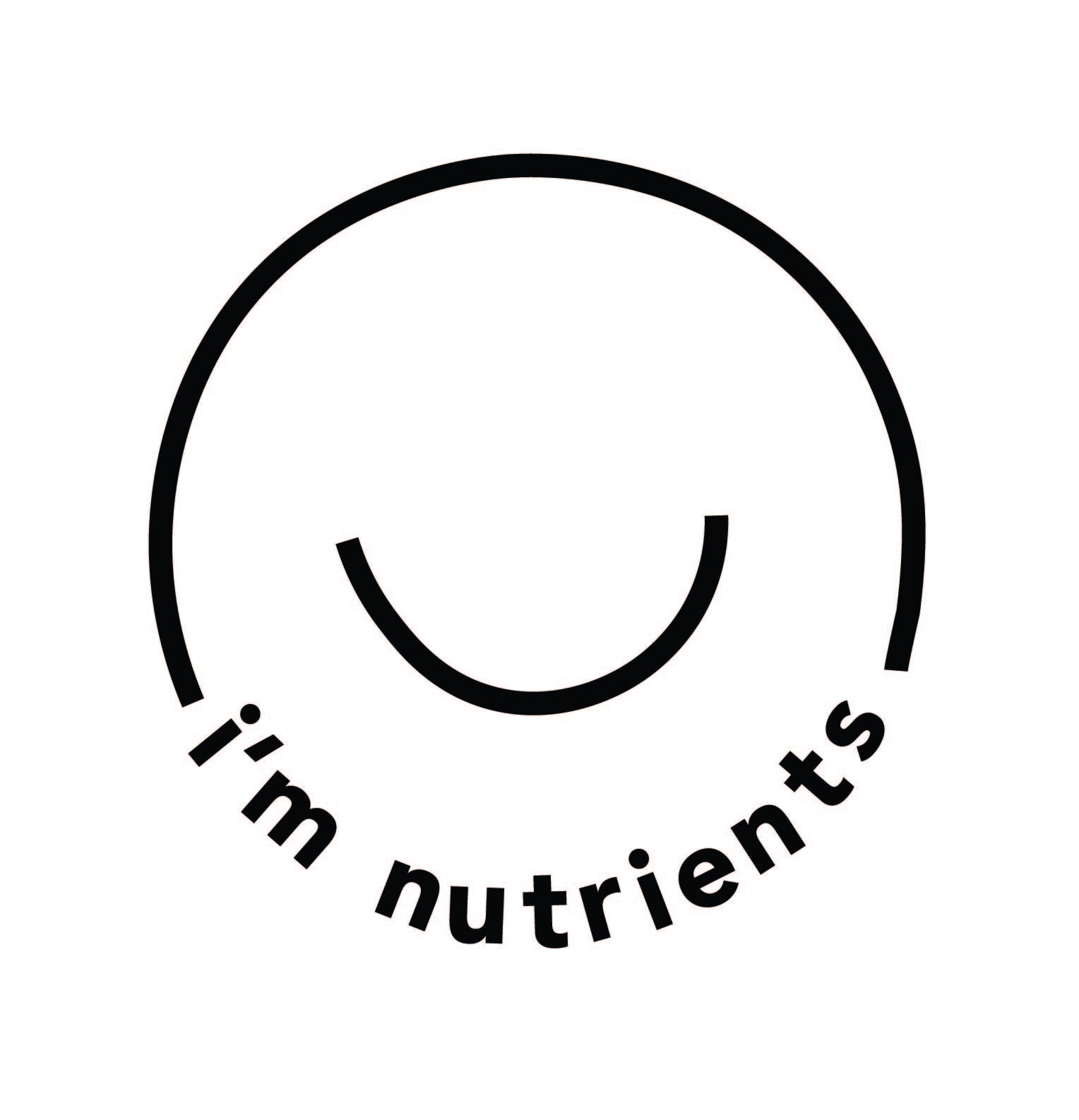Saffron – The Breakdown
Saffron, the dried red stigma from the Crocus Sativa flower, offers a myriad of potential health benefits, including support for mild anxiety in children 12+ years. (1) Saffron has many important components that contribute to these healthful effects, including over 150 volatile compounds, carotenoids, and vitamins. (1)
Bioactive Constituents - The main bioactive compounds of saffron are crocin, crocetin, and safran. (1)
Carotenoids - Carotenoids are the yellow, orange and red pigments that give certain foods their colours, as is present in saffron. (2) In fact, most of the pharmacological benefits of saffron are associated with the presence of carotenoids. (2)
Other Elements - Saffron is rich in other vital macro and micro elements including calcium, phosphorus, magnesium, selenium, copper, iron, zinc and manganese. (3) It also contains important vitamins such as vitamin A, folic acid (B9), riboflavin (B2), niacin (B3), and vitamin C. (3)
I'm Nutrients uses ‘affron®’, a standardised extract of saffron which in children 12+ years helps to calm the mind, soothes the nerves, reduces and relieves the symptoms of mild anxiety, nervous tension and unrest, and irritability. Additionally, saffron supports emotional wellbeing.
References
1. Zeinali M, Zirak MR, Rezaee SA, Karimi G, Hosseinzadeh H. Immunoregulatory and anti-inflammatory properties of Crocus sativus (Saffron) and its main active constituents: A review. Iranian Journal of Basic Medical Sciences. 2019;22(4):334-44.
2. Boskabady MH, Farkhondeh T. Antiinflammatory, Antioxidant, and Immunomodulatory Effects of Crocus sativus L. and its Main Constituents. Phytotherapy research : PTR. 2016;30(7):1072-94.
3. Qadir S, Bashir S, John R. Chapter 15 - Saffron—Immunity System. In: Sarwat M, Sumaiya S, editors. Saffron: Academic Press; 2020. p. 177-92.


